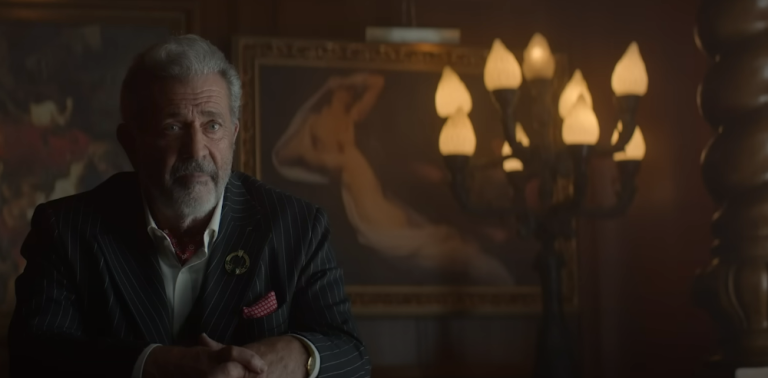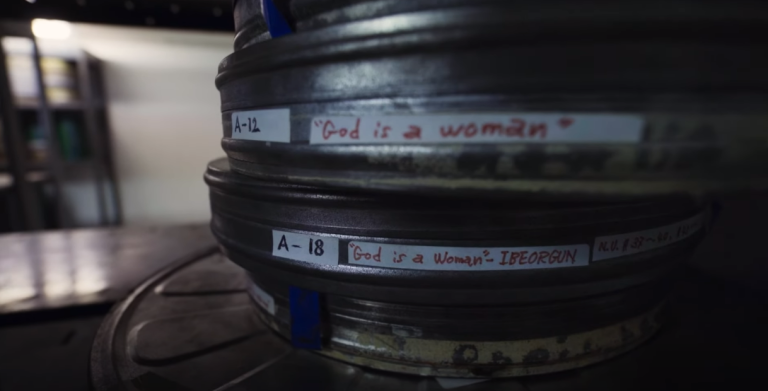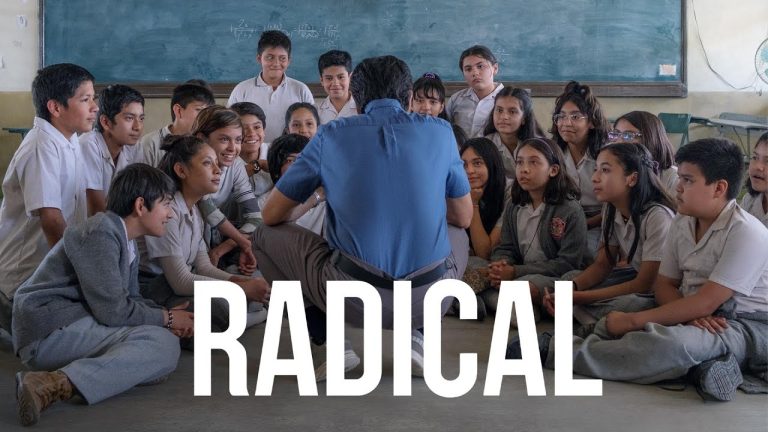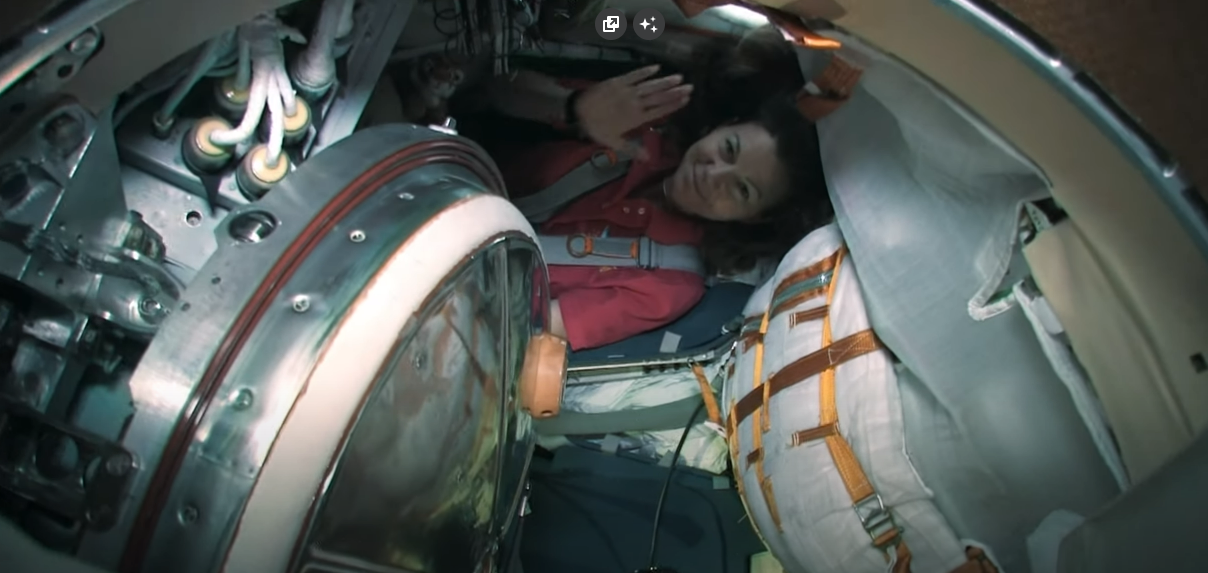
In “Space: The Longest Goodbye,” a documentary by Ido Mizrahy, astronauts gaze at Earth from their spacecraft, expressing longing for the sound of rain and fresh air. This contrasts with the challenges of planning a manned Mars mission.
The documentary shows how astronauts struggle to stay connected with their families while in space. Then, it shifts to news clips about NASA’s plan for a manned mission to Mars called Artemis, scheduled within the next decade. This mission, lasting three years, poses both physical and psychological challenges for astronauts.
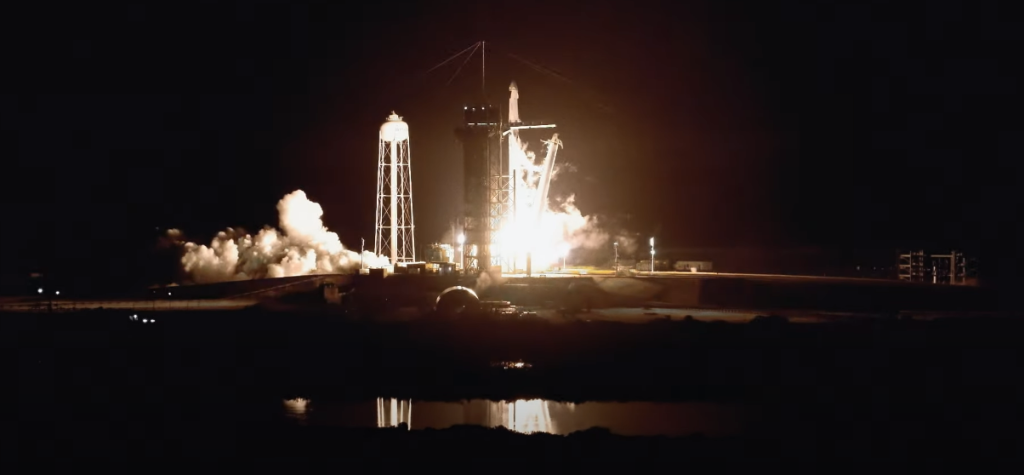
The documentary delves into the history of overcoming challenges in space exploration, particularly during the construction of the first space station. It highlights how lessons from decades of research can be useful for the upcoming Mars mission. Interviews with experts, including NASA scientists, psychologists like Dr. Al Holland, behavioral scientists like Dr. Jack Stuster and Dr. Alexandra Whitmire, and virtual reality pioneer Jacquelyn Ford Morie, shed light on these insights.
The documentary features interviews with astronauts like Cady Coleman and Kayla Barron, who share their personal stories. Coleman recalls her emotional journey leaving her son for a space mission when he was young. Barron and her husband discuss the impact of her decision to apply for the Mars mission on their family plans. These interviews reveal how astronauts often conceal their true emotions to stay involved in the program, making them the most engaging part of the documentary.

The documentary explores the psychological effects of space travel and NASA’s efforts to address them, but it doesn’t question the methods or consider alternative approaches beyond scientific innovations. There’s a lack of discussion about the potential role of art therapy, music, and other humanities in astronauts’ well-being. The robotic companion CIMON raises concerns reminiscent of Hal-9000 from “2001: A Space Odyssey,” suggesting a gap in cultural awareness. Overall, the documentary misses the opportunity to delve into the impact of art on human well-being in space exploration.
The documentary overlooks Sukjin Han’s insight as the only interviewee to acknowledge that a successful manned Mars mission may require crew members to make sacrifices. Despite efforts to address psychological issues and establish selection criteria, the concept of self-sacrifice is not explored further in the film.

The documentary’s editing and lighting create a bleak atmosphere, overshadowing any sense of wonder or joy about space exploration. It feels more like a promotion for NASA, focusing on problems to solve rather than the excitement of human achievement. This grim mood and lack of curiosity dampen any enthusiasm for the potential of a Mars mission.
The documentary ends with Coleman expressing her desire to stay longer on the space station, accompanied by somber music, suggesting it’s a bleak moment. But isn’t her dedication the kind you’d want from someone on a long Mars mission, as Han pointed out?
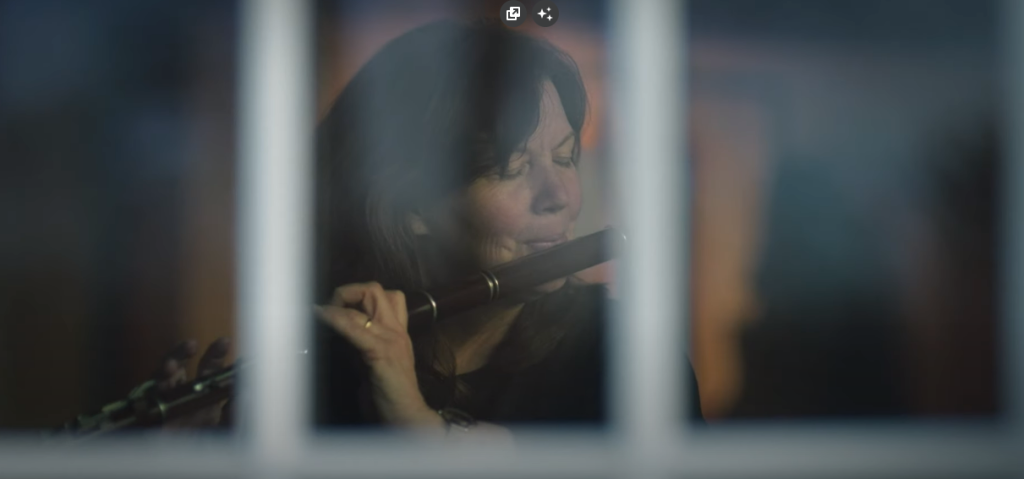
Mizrahy’s intent with “Space: The Longest Goodbye” remains unclear, leaving the film filled with contradictions and unexplored ideas. It’s uncertain whether it aims to be a warning, a celebration, or a mix of both.
| Aspect | Summary |
|---|---|
| Introduction | Astronauts express longing for Earth while discussing challenges of a manned Mars mission. |
| NASA’s Plans for Mars | Highlights NASA’s Artemis mission to Mars, lasting three years, with physical and psychological challenges for astronauts. |
| Historical Lessons | Explores lessons from past space missions, particularly the construction of the first space station, and their relevance to future Mars missions. |
| Expert Interviews | Interviews with NASA scientists and psychologists provide insights into psychological challenges of space travel and preparation for Mars. |
| Astronaut Personal Stories | Astronauts like Cady Coleman and Kayla Barron share personal experiences and challenges related to space travel and family dynamics. |
| Lack of Humanities Consideration | Critique of the documentary for not exploring the potential role of art therapy and other humanities in astronauts’ well-being during space missions. |
| Overlooked Insight | Discusses Sukjin Han’s insight on the necessity of self-sacrifice for successful Mars missions, overlooked in the documentary. |
| Bleak Atmosphere | Commentary on the documentary’s editing and mood, suggesting a lack of wonder and enthusiasm for space exploration. |
| Unclear Intent | Analysis of the documentary’s ambiguous purpose, leaving it with unexplored ideas and contradictions. |

